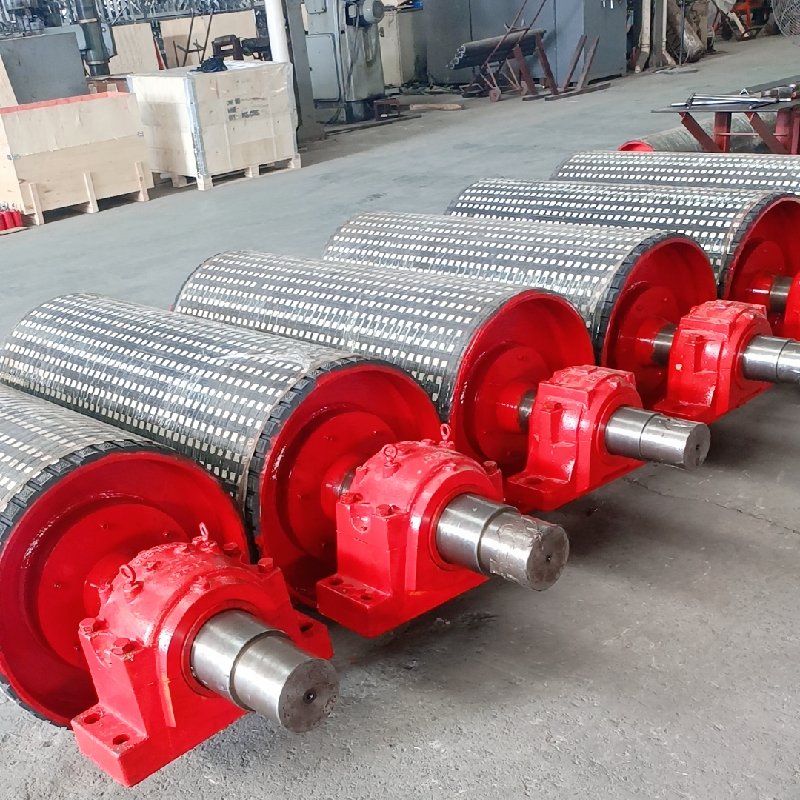 Afrikaans
Afrikaans  Albanian
Albanian  Amharic
Amharic  Arabic
Arabic  Armenian
Armenian  Azerbaijani
Azerbaijani  Basque
Basque  Belarusian
Belarusian  Bengali
Bengali  Bosnian
Bosnian  Bulgarian
Bulgarian  Catalan
Catalan  Cebuano
Cebuano  Corsican
Corsican  Croatian
Croatian  Czech
Czech  Danish
Danish  Dutch
Dutch  English
English  Esperanto
Esperanto  Estonian
Estonian  Finnish
Finnish  French
French  Frisian
Frisian  Galician
Galician  Georgian
Georgian  German
German  Greek
Greek  Gujarati
Gujarati  Haitian Creole
Haitian Creole  hausa
hausa  hawaiian
hawaiian  Hebrew
Hebrew  Hindi
Hindi  Miao
Miao  Hungarian
Hungarian  Icelandic
Icelandic  igbo
igbo  Indonesian
Indonesian  irish
irish  Italian
Italian  Japanese
Japanese  Javanese
Javanese  Kannada
Kannada  kazakh
kazakh  Khmer
Khmer  Rwandese
Rwandese  Korean
Korean  Kurdish
Kurdish  Kyrgyz
Kyrgyz  Lao
Lao  Latin
Latin  Latvian
Latvian  Lithuanian
Lithuanian  Luxembourgish
Luxembourgish  Macedonian
Macedonian  Malgashi
Malgashi  Malay
Malay  Malayalam
Malayalam  Maltese
Maltese  Maori
Maori  Marathi
Marathi  Mongolian
Mongolian  Myanmar
Myanmar  Nepali
Nepali  Norwegian
Norwegian  Norwegian
Norwegian  Occitan
Occitan  Pashto
Pashto  Persian
Persian  Polish
Polish  Portuguese
Portuguese  Punjabi
Punjabi  Romanian
Romanian  Russian
Russian  Samoan
Samoan  Scottish Gaelic
Scottish Gaelic  Serbian
Serbian  Sesotho
Sesotho  Shona
Shona  Sindhi
Sindhi  Sinhala
Sinhala  Slovak
Slovak  Slovenian
Slovenian  Somali
Somali  Spanish
Spanish  Sundanese
Sundanese  Swahili
Swahili  Swedish
Swedish  Tagalog
Tagalog  Tajik
Tajik  Tamil
Tamil  Tatar
Tatar  Telugu
Telugu  Thai
Thai  Turkish
Turkish  Turkmen
Turkmen  Ukrainian
Ukrainian  Urdu
Urdu  Uighur
Uighur  Uzbek
Uzbek  Vietnamese
Vietnamese  Welsh
Welsh  Bantu
Bantu  Yiddish
Yiddish  Yoruba
Yoruba  Zulu
Zulu gravity take up pulley
Gravity and the Take-Up Pulley Harnessing Nature's Force
In the realm of mechanical engineering and physics, the interplay between gravity and mechanical systems can lead to innovative solutions for everyday challenges. One such system is the take-up pulley, which serves a crucial role in a variety of applications, from conveyor systems to elevators. Understanding the principles that govern its function can provide insight into how we can efficiently use gravity to our advantage.
Gravity and the Take-Up Pulley Harnessing Nature's Force
The take-up pulley works by utilizing gravitational force to control the positioning of the tensioning mechanism. As the belt or cable experiences wear over time, its length may shrink, leading to reduced tension that can result in inefficient operation or system failure. This is where a take-up pulley comes into play. Positioned at a strategic point in the system, it can move closer to or further from the drive components, allowing for automatic adjustments in tension without the need for manual intervention.
gravity take up pulley

One common application of the take-up pulley is in conveyor systems. These systems often consist of long stretches of belts moving goods from one point to another. Over time, the belt elongates due to the stresses of carrying heavy loads. The take-up pulley compensates for this elongation, ensuring that the conveyor operates smoothly and efficiently. By maintaining the correct tension, the take-up pulley helps to extend the life of both the belt and the system as a whole.
In addition to its role in conveyors, the take-up pulley is also prevalent in elevator systems. Elevators rely on cables to raise and lower the cab, and these cables can also experience changes in length due to wear or load characteristics. The take-up pulley ensures that the tension remains consistent, allowing for safe and reliable operation as people and goods are transported between floors.
Moreover, the design of the take-up pulley itself can vary depending on the specific requirements of the system. Some are fixed while others are adjustable, providing a range of operational flexibility. Engineers often incorporate adjustable take-up pulleys to accommodate varying load conditions, making these systems adaptable to different environments and usage scenarios.
In conclusion, the take-up pulley is a vital component that exemplifies the effective use of gravity in mechanical systems. By automatically adjusting tension, it enhances the efficiency and longevity of systems like conveyors and elevators. Understanding the dynamics between gravity and mechanical engineering not only helps us appreciate these machines but also opens the door for further innovations in design and functionality, anchoring our reliance on natural forces while improving our technological landscape.
-
Revolutionizing Conveyor Reliability with Advanced Rubber Lagging PulleysNewsJul.22,2025
-
Powering Precision and Durability with Expert Manufacturers of Conveyor ComponentsNewsJul.22,2025
-
Optimizing Conveyor Systems with Advanced Conveyor AccessoriesNewsJul.22,2025
-
Maximize Conveyor Efficiency with Quality Conveyor Idler PulleysNewsJul.22,2025
-
Future-Proof Your Conveyor System with High-Performance Polyurethane RollerNewsJul.22,2025
-
Driving Efficiency Forward with Quality Idlers and RollersNewsJul.22,2025





























